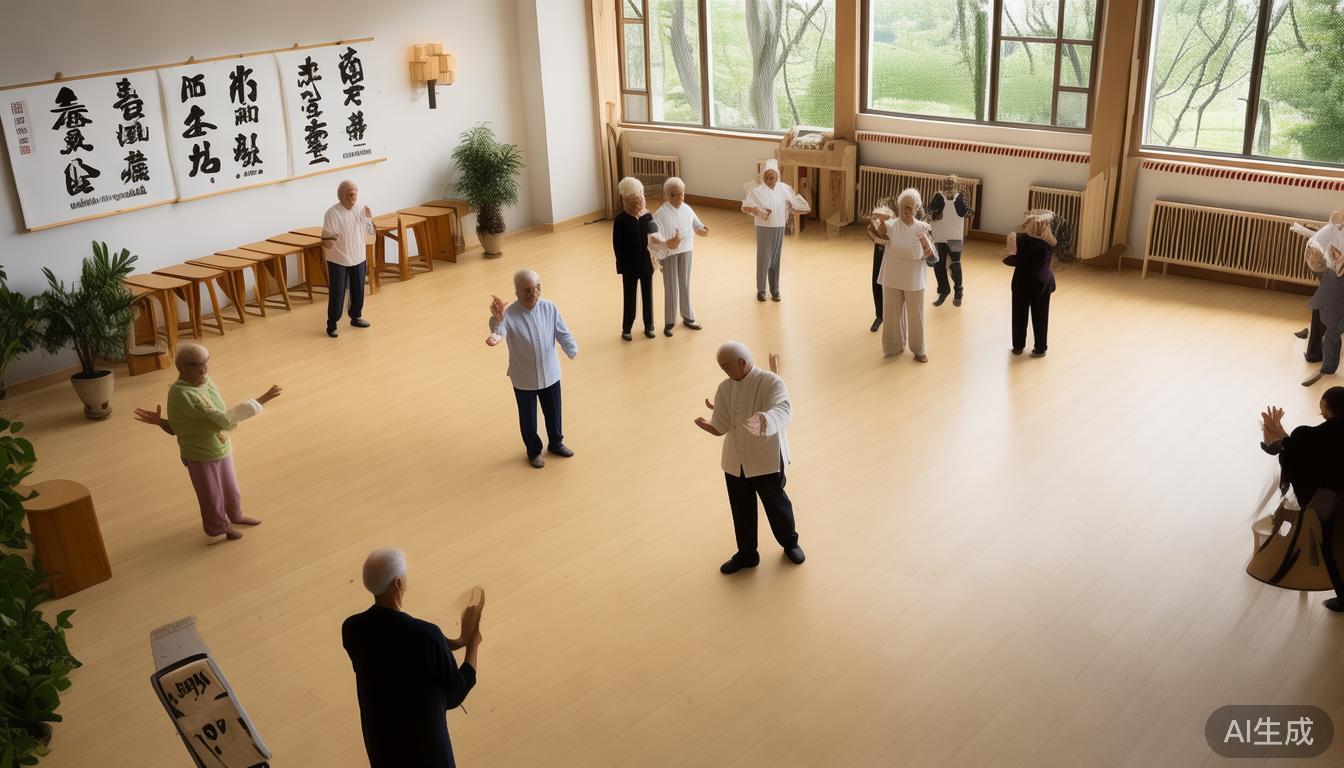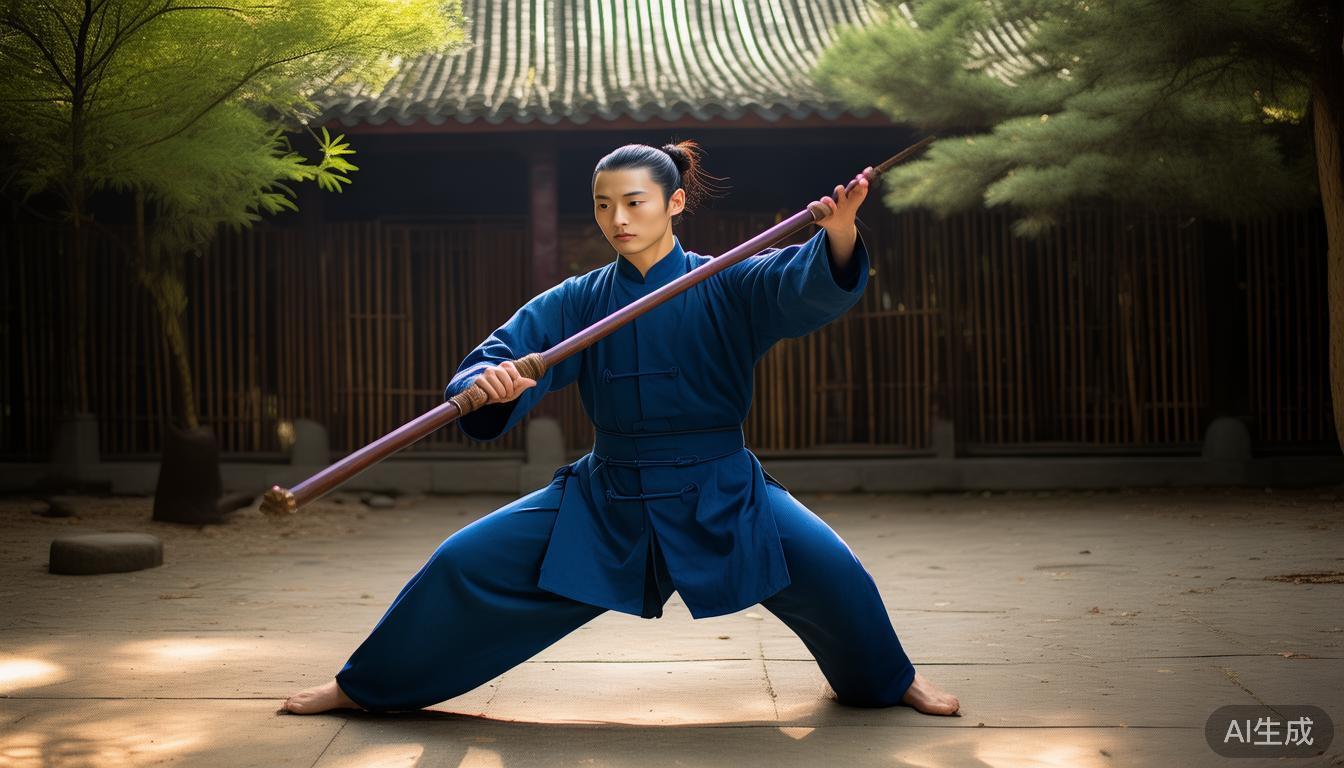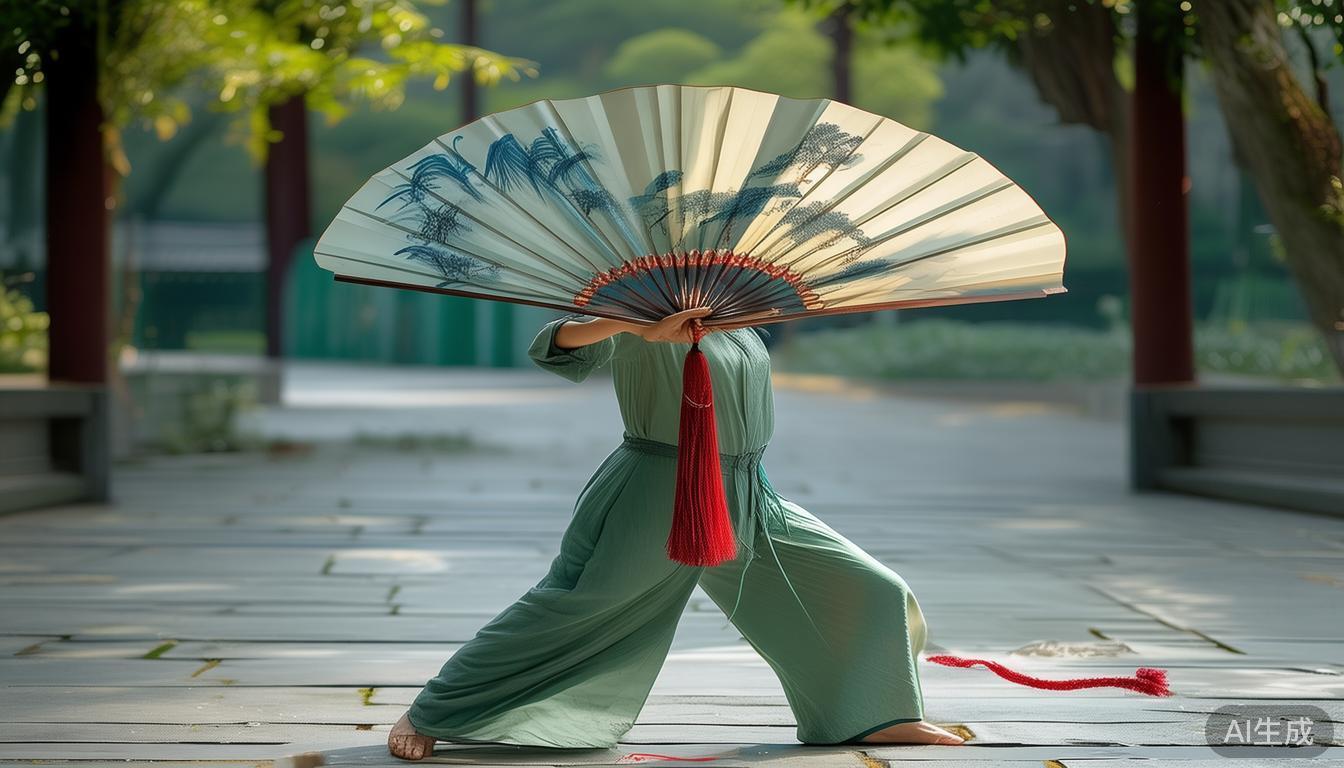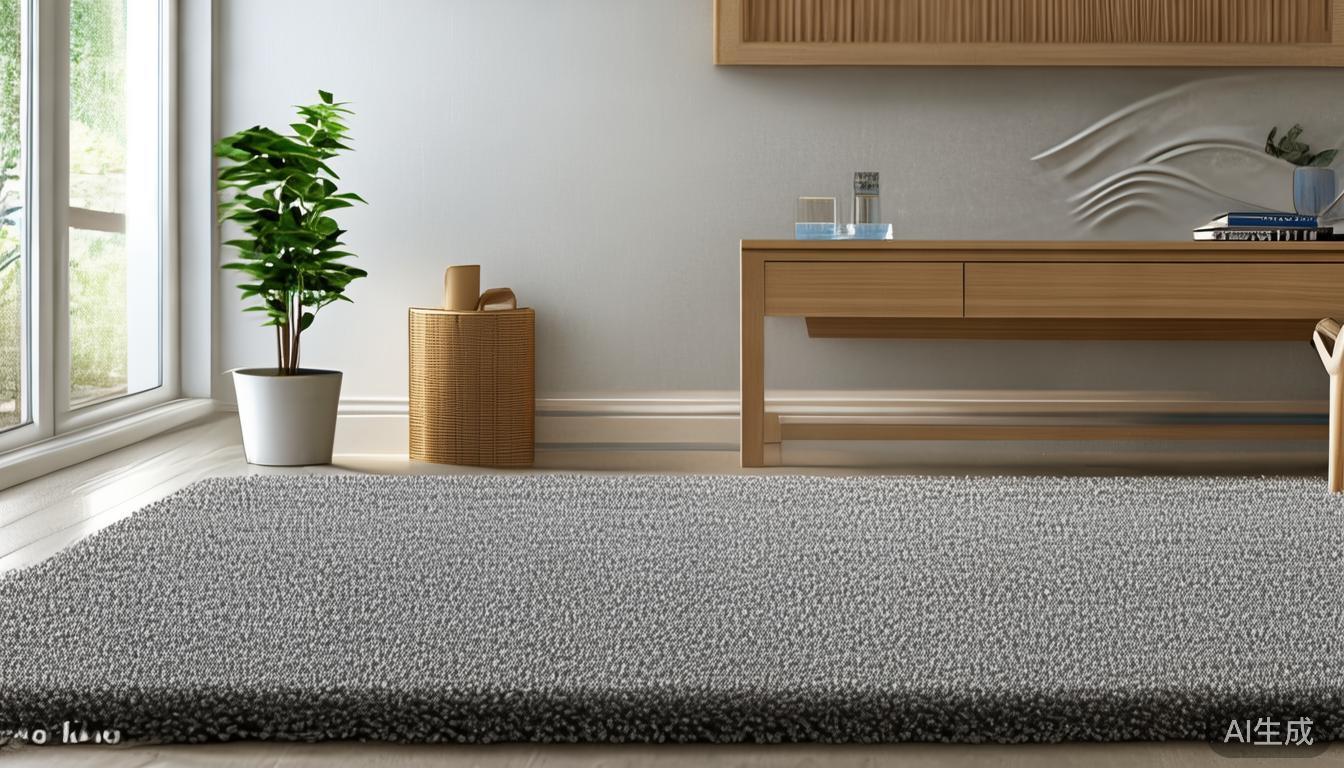As we grow older, we become more focused on maintaining physical flexibility and inner peace. Tai Chi, an ancient sport, is not only suitable for young people, but it is also a particularly valuable health tip for the elderly. It is like an old friend who listens silently, helping us find a connection with our body through slow and smooth movements. And build a harmonious bridge between body and mind between movement and stillness. I have personally witnessed many elderly people regaining a steady and light pace and a calm, calm and calm thinking and attitude through more regular practice movements.
How Tai Chi improves balance in the elderly
In each Tai Chi movement, the center of gravity is required to be slowly transferred between the legs. This type of continuous fine-tuning training can significantly enhance the stability of the ankles and knees. When I led the elderly in the community to practice Tai Chi, I particularly emphasized the feeling of being rooted in the soil, just like a tree, with its roots buried in the ground and stretching. This means that the feet are firmly planted on the ground, and the spine is extended upward. A student who is already in her seventies told me that after half a year of practice, she no longer needs to hold on to the handrails tightly to maintain balance when walking up or down stairs. Even when going out on a rainy day, she doesn't have to worry about slipping.
This kind of balance ability is improved. This improvement not only comes from muscle strengthening, but also comes from the nervous system, which is reawakened. There are slow movements while traveling, which allows the brain enough time to process the information about the body's position. With this process, the proprioception that has declined due to age is gradually repaired. Many colleges have stated that they can now pay attention to the surrounding environment while walking, and do not have to keep looking at their feet all the time. The sense of freedom they have makes daily life as a whole much easier.
How Tai Chi can prevent falls in the elderly

The health threats faced by the elderly due to falls are far beyond our imagination. Tai Chi is a scientifically proven and effective way to prevent falls. It trains and improves not only muscle strength, but also the ability to respond to various emergencies. During the practice of Tai Chi routines, those seemingly simple turning and moving movements are actually simulating potential scenarios in daily life where the body may lose balance.
Doing that specific routine allows the practicing individual to adjust during special emergencies that may lead to a fall, thereby avoiding difficulties and remaining stable.
What effect does Tai Chi have on relieving joint pain in the elderly?
Many people mistakenly believe that if they have joint pain, they should reduce the amount of activity. In fact, moderate exercise is a useful way to reduce pain. The circular motion characteristics of Tai Chi are extremely suitable for joint health needs. It can promote the hip, knee, and ankle joints to achieve a full range of motion under low-impact conditions. When I teach, I always remind you: "Imagine your joints rotating in warm water, and feel the comfortable stretch transmitted by the movement."
These gentle and continuous movements can promote the secretion of synovial fluid in the joints, and the effect is like adding lubricant to rusty gears. Many students who suffer from knee osteoarthritis find that after regular practice, they experience less morning stiffness and less pain when walking up and down stairs. More importantly, the students strengthened the surrounding muscles through exercise, thereby building a natural "protective cover" for the joints. Compared with Tai Chi Online , this is more effective than any protective gear.

How to Choose Tai Chi Classes for Seniors
Some types of Tai Chi are not suitable for the elderly. When choosing, pay special attention to the teaching method and content arrangement. Tai Chi And Diabetes Courses Online . The ideal course should start with simplified eight or sixteen poses and avoid complicated and difficult movements. I suggest finding a course designed specifically for seniors. Such courses usually include seated exercises, allowing people with weak physical strength to participate.
An excellent coach will not only demonstrate those movements, but also explain the practical help of each movement in daily life, such as how "grabbing the bird's tail" improves the force used when lifting shopping bags, and how "single whip" trains stability when turning. Remember to ask about the size of the class, because small class teaching can ensure that each student can receive sufficient attention. The most important thing is to experience the trial class and feel whether the teaching atmosphere is relaxed and pleasant tai chi for the elderly . , which is usually more important than move standards.
After so many years of teaching, I deeply understand that Tai Chi gives the elderly not only physical health, but also the courage to redefine the possibilities of age. Before you start this journey, I want to know what you most hope to use Tai Chi to improve your life. Which specific aspect is it, the confidence when going up and down stairs, or the ease in bending down to tie shoelaces? You are welcome to share your expectations in the comment area. If you realize that these suggestions have practical value, please give a like to support so that more friends can see it.





